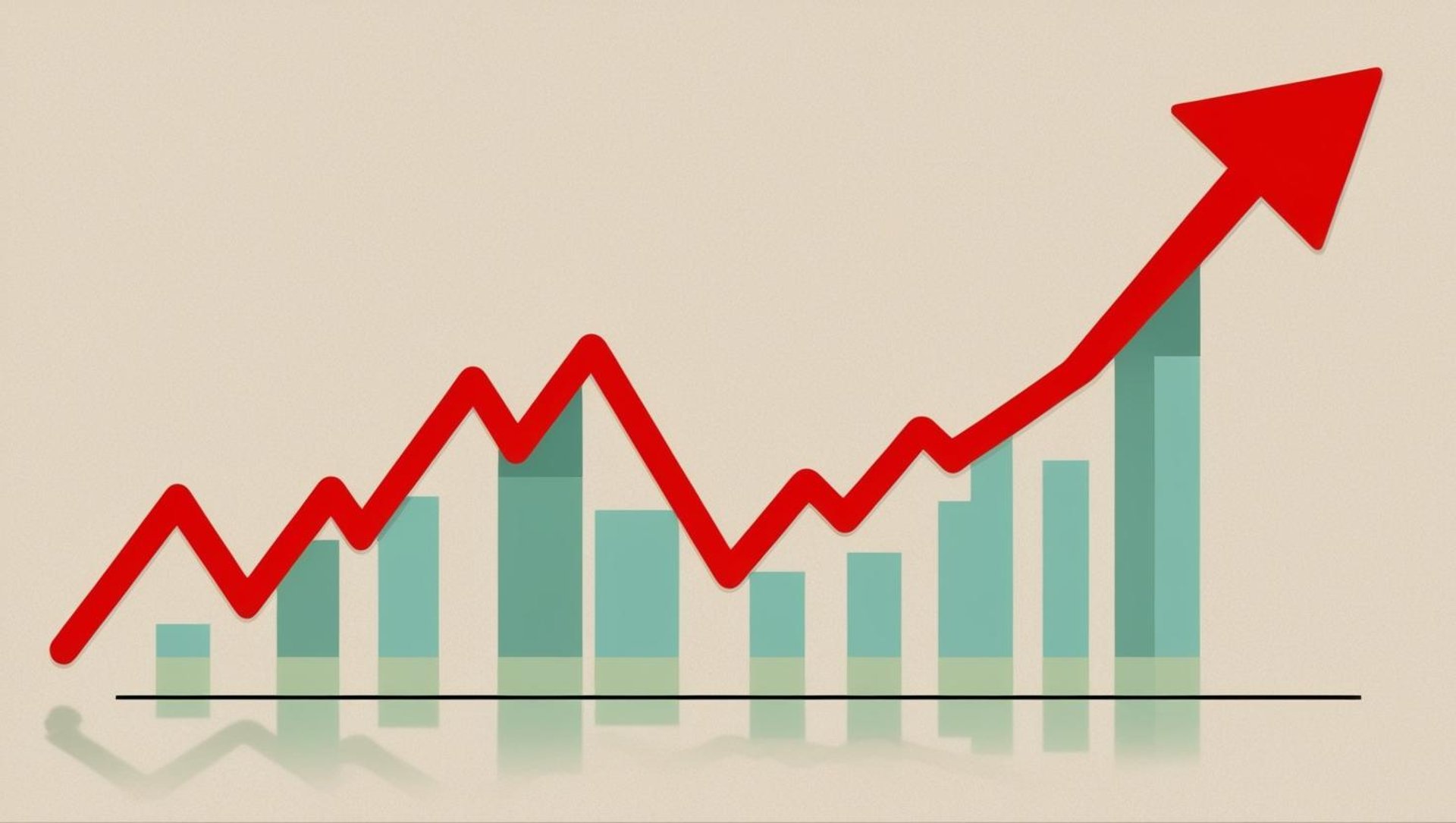CAPILIST ™
LEAD THE FUTURE ™

What is the Risk Tolerance in the Investor Profile?
BASICS
Mauro Correro
5/22/20251 min read
When we talk about building a solid investment strategy, one of the most important yet often overlooked factors is risk tolerance. It’s not just about how much money you’re willing to risk, it’s also about how much uncertainty and market fluctuation you can emotionally and financially handle over time.
Risk tolerance is one of the foundational pillars of any investor profile. It helps determine the right asset allocation, guides your response to market downturns, and shapes your longterm investment behavior. Whether you’re managing your own portfolio or working with a financial advisor, understanding your personal risk tolerance is essential to making decisions that align with your goals and comfort level.
Most institutions and financial entities depending on the regulatory framework in place categorize risk tolerance into a range of levels. Some banks use up to seven levels, especially under more complex assessment protocols. However, the majority of financial professionals tend to use five main categories as a practical standard. That said, when speaking to retail investors, I often prefer to simplify things and break it down into three core levels that are easy to understand and apply.
Low Risk Tolerance
Investors with low risk tolerance typically prioritize stability over high returns. They prefer to avoid volatility and feel uneasy during market downturns. Emotional comfort is a key factor for them, and they are often more focused on preserving capital than achieving aggressive growth.
Typical tools:
Short-term government bonds
Money market instruments
Capital-guaranteed products
Other low-risk or risk-free instruments
Moderate Risk Tolerance
Moderate investors are comfortable with some fluctuations, as long as there’s a reasonable balance between risk and potential return. They aim for growth, but not at any cost. Their portfolios usually reflect a more balanced approach, mixing defensive and growth-oriented assets.
Typical tools:
A diversified mix of stocks and bonds
Balanced mutual funds
Multi-asset portfolios
Conservative equity ETFs
High Risk Tolerance
These investors are generally more experienced or have a longer time horizon. They embrace market volatility as a necessary component of long-term growth. Short-term dips don’t faze them, and they often look for higher returns by investing in more volatile markets or sectors.
Typical tools:
Equities (including small-cap and tech stocks)
ETFs with aggressive exposure
Emerging market funds
Leveraged instruments (for advanced investors)
By identifying your risk tolerance accurately, you can build a portfolio that not only matches your financial goals, but also your mindset. That alignment is what keeps you invested for the long run through booms, busts, and everything in between.
